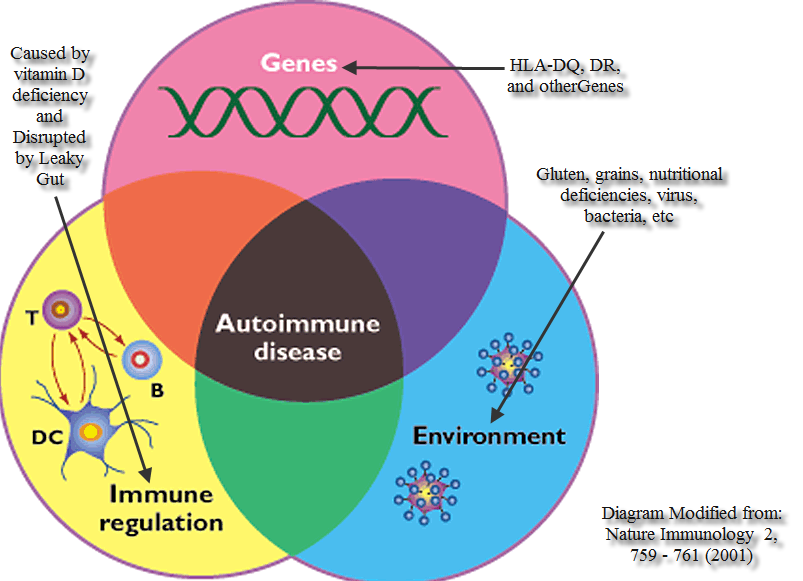
Sugar is under the microscope again.
A recent study looked at sugar and type 2 diabetes rates in 175 countries including the USA over the past 10 years and found that increased sugar availability in the food supply was associated with higher rates of type 2 diabetes.
The research showed that for every additional 150 calories of sugar (the amount in a 12-ounce can of soda) available per person per day, the incidence of type 2 diabetes rose by 1%. Although the study doesn't directly prove cause and effect, it has raised new concerns about sugar.
Almost 26 million U.S. adults and children have diabetes. In diabetes, the body does not make enough of the hormone insulin, or it doesn't use it properly. Insulin helps glucose (sugar) get into cells, where it is used for energy. If there's an insulin problem, sugar builds up in the blood, damaging nerves and blood vessels.










Comment: Further research into the many ill health effects of a gluten-based diet clearly demonstrates that people are beginning to realize that gluten is not the 'staff of life' or the basis of a healthy diet:
Gluten - The Hidden Killer
The Many Heads of Gluten Sensitivity
Is gluten from grains making you sick?
Do You Have Gluten Whiplash?
Gluten: What You Don't Know Might Kill You
Why is Wheat Gluten Disorder on the Rise
Wheat gluten newly confirmed to promote weight gain
How Long Does That Tiny Bit of Gluten Affect Your Body?
Leaky Gut - Leaky Brain - Gluten is an Equal Opportunity Destroyer
New England Journal of Medicine: Gluten Can Cause 55 Diseases
Headaches, Depression, Nerve Damage, and Seizures...Is Gluten to Blame?
Gluten & Your Nervous System - Depression, Brain Abnormalities, and Neuropathy
Sensitivity To Gluten May Result In Neurological Dysfunction; Independent Of Symptoms
The Hidden Link Between Gluten Intolerance and PMS, Infertility and Miscarriage